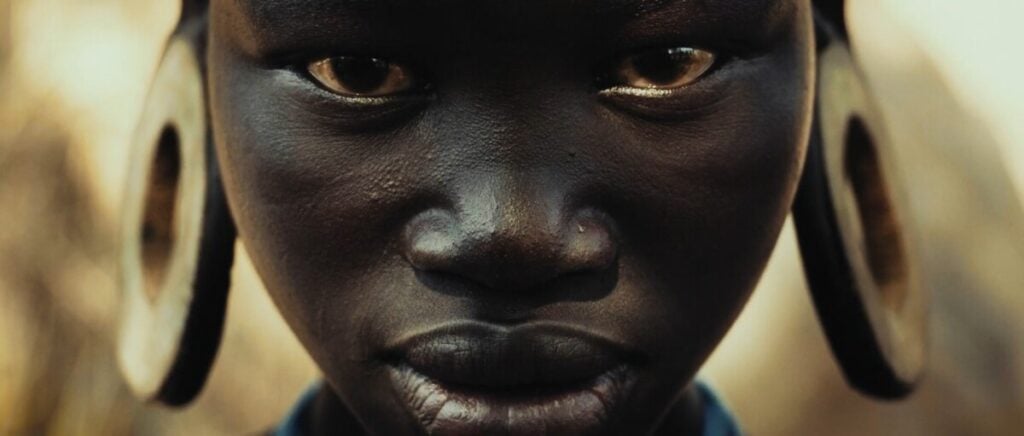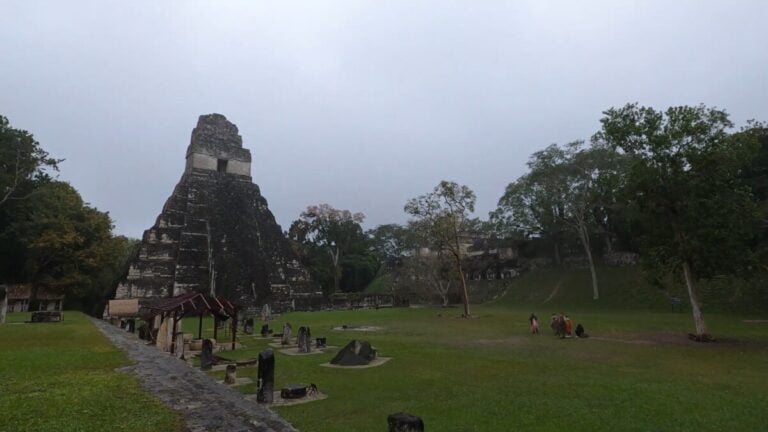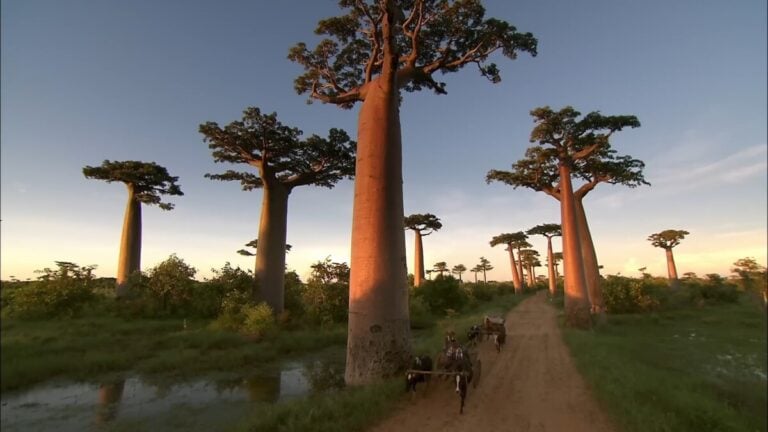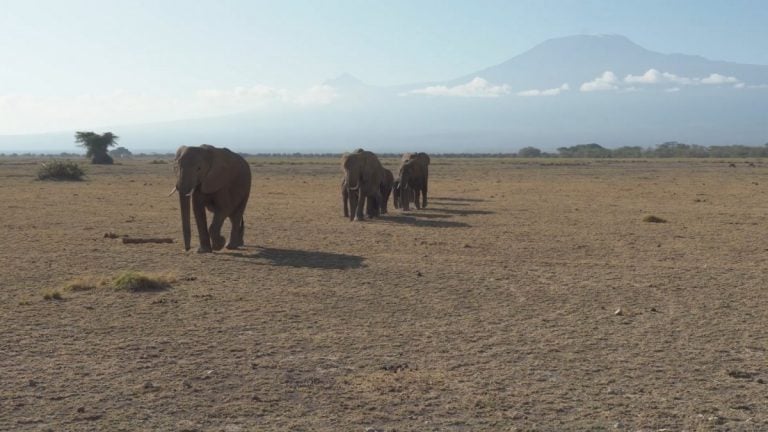Ethiopia is a huge country located in the eastern part of Africa. It borders on Eritrea, Sudan, South Sudan, Kenya, Djibouti and Somalia. This is an interesting destination for the most demanding lovers of Africa.
A specific culture, breathtaking views and excellent cuisine – this is not all that Ethiopia has to offer travelers.
1. The capital of Ethiopia is Addis Ababa – a huge metropolis with more than 3 million people. The city is located at an altitude of 2400 meters above sea level, which makes it one of the highest cities in the world! In Addis Ababa, it is worth seeing the largest open market in Africa, Mercato, the extinct volcano Entoto, and local churches, cathedrals and chapels.
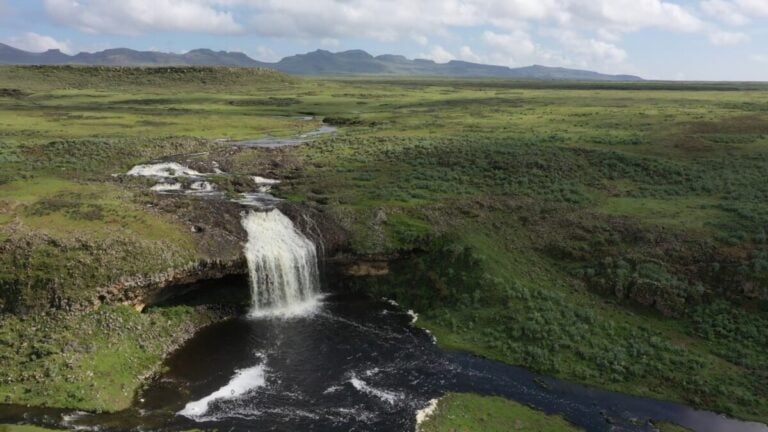
2. The climate in Ethiopia is very diverse. In summer, the average temperature can range from 16 degrees Celsius in Addis Ababa to 35 degrees in desert areas. In the southern, mountainous area, frequent precipitation can be observed, and the climate itself is definitely more humid and steamy.
3. Tourists visiting Ethiopia, if they are lucky, can meet many kinds of animals. Lions, elephants, giraffes, rhinos and hippos live here. Many places organize safari trips to see animals in their natural habitat.
4. Ethiopia is located mainly in the highlands. Most of the country is occupied by the Abyssinian Highlands, which is separated from the rest of the country by the Abyssinian Trench – a huge abyss with mountains and rocky walls, and the largest elevation differences between the bottom and the tops of the mountains can reach up to 4000 meters!
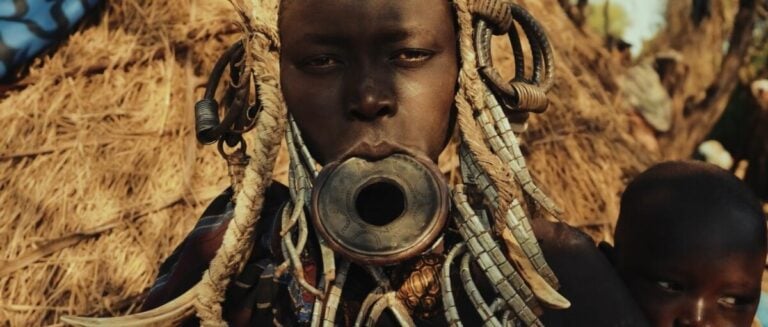
6. The flag of Ethiopia is a combination of three colors – green, yellow and red, with a five-pointed star, which is a symbol of equality. The colors characteristic of African countries symbolize the greenness of fertile soils, hope and love for the country, and the blood of the victims who fell in the struggle for the independence of the country.
8. Ethiopia is a relatively young country. It won independence from Italian influence only in 1941, but until the beginning of the 21st century, numerous armed conflicts took place in the country.
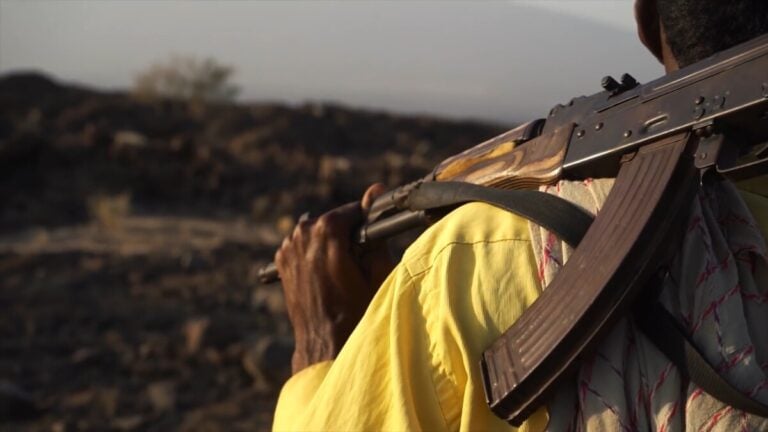
9. Ethiopian cuisine is a real cascade of flavors and aromas. Ethiopians love tasty, hearty food, the perfect combination of vegetables, meats, herbs and spices with intense flavors. The traditional dish is kyfto, which is chopped raw meat with additives. Meat and vegetable stews, fried and baked meat, as well as offal dishes are also widely used.
10. Wine lovers will also like Ethiopia – the vineyards located here produce excellent red and white wines. During your stay in Ethiopia, you can also be treated to traditional beer brewed by the locals, with a high alcohol content and a specific herbal taste.
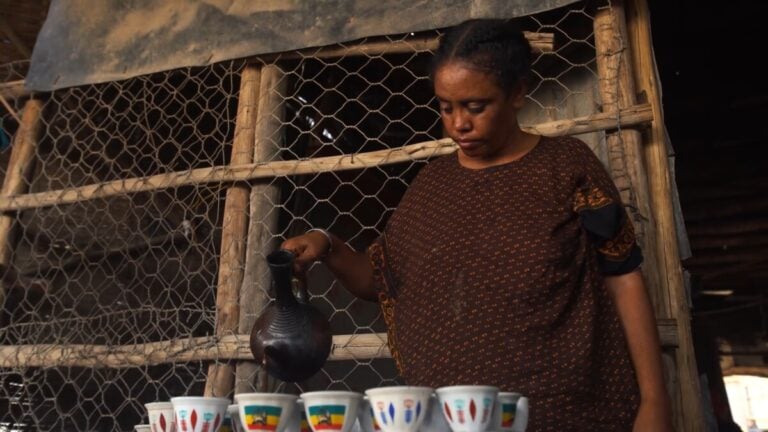
12. Rastafarians (a local religious movement) consider Ethiopia the Promised Land. There is even a small town of Shashamen in the country, which was “gifted” to the Rastafarians by the then king of Ethiopia.
14. There are 7 national parks in Ethiopia. Worth visiting are the Auash National Park, where you can admire the magnificent cascades of waterfalls, the tropical Bale National Park, full of unusual vegetation, and the Mago National Park, with its beautiful desert landscape, which is home to many species of animals.
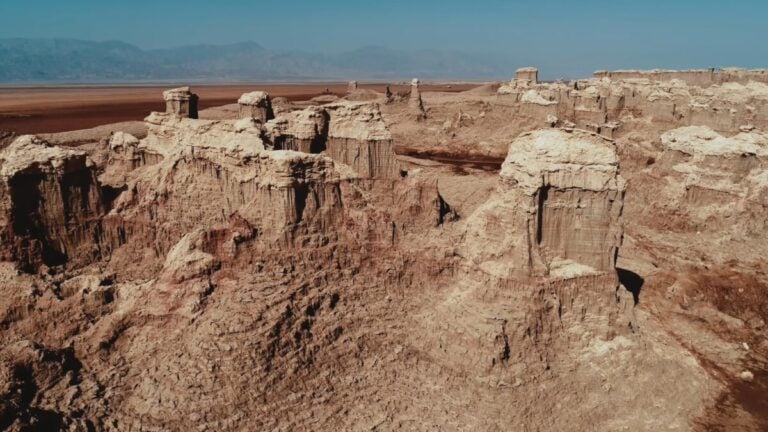
16. Despite the poverty prevailing here, Ethiopia boasts a relatively prosperous army. The local armed forces ranked 40th in terms of modernity, equipment, strength and budget of the army. For comparison, for example, the Polish armed forces are the 23rd largest army in the world.
17. In Ethiopia, there is the historic city of Lalibela, where you can see wonderful rock temples. This church system dates back to the turn of the 12th and 13th centuries and is still one of the country’s most visited attractions.
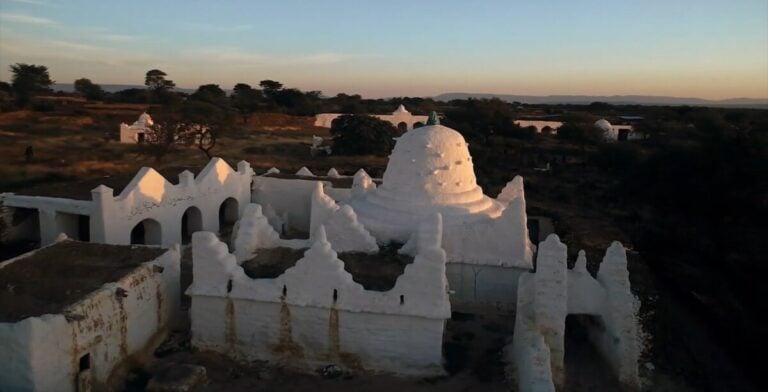
18. Thrill-seekers and adrenaline junkies will also be delighted with a trip to Ethiopia. There are, for example. still active volcano Erta Ale (Ertale, Ummuna), from where a magnificent view of the magma flowing from the bowels of the earth opens.
20. Ethiopian society is very young – the average age is only about 18 years old. This is due to the ever-improving perinatal care and the poor quality of care for the elderly, which leads to a faster extinction of society. Wars and armed conflicts also played an important role in such a spread of the demographics of the state, where many middle-aged citizens died.
21. The currency of Ethiopia is the Ethiopian birr, but US dollars are also in circulation.

22. The highest cost when traveling to Ethiopia is air travel. Prices in small towns are relatively low. It is worth looking for private accommodation, which will reduce travel costs.
24. Ethiopians use a two-hour system – the one that is known throughout the world, and a specific system according to which 0:00 is the time of sunrise.
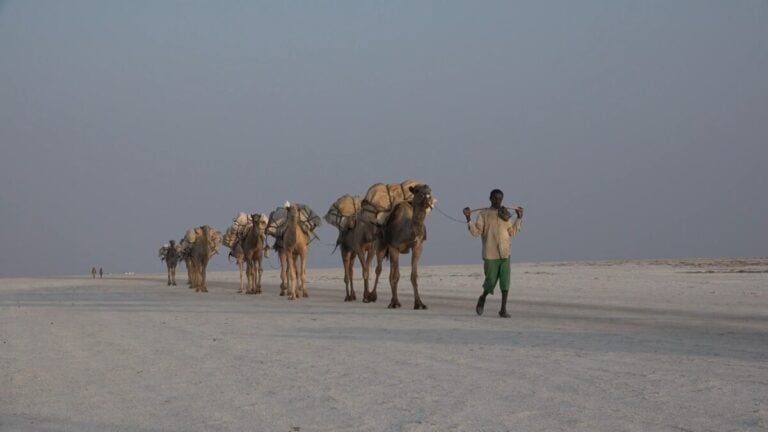
25. Ethiopia is divided into two religions. Most of the inhabitants (about 60%) profess Christianity, and about 35% – Islam. Traditional tribal beliefs also play an important role. It is estimated that about 2-3% of the population is associated with polytheistic, primitive tribal religions.
27. One of the most beautiful places in Ethiopia is around the Dallol volcano. Here you will find a real multi-colored spectacle – red, yellow and green volcanic lakes, white rock formations and bright desert sands. This region is considered sacred to the tribes living in the area. Currently, trips to the vicinity of the volcano are only possible with an armed escort.
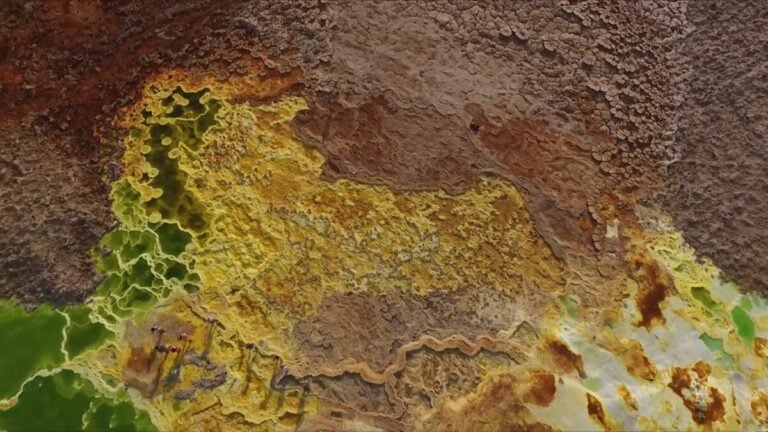
28. When is it worth flying to Ethiopia? Definitely in September! The New Year is celebrated here on September 11, and many local traditions are associated with the celebration. Events, parades and fairs are organized where you can taste many traditional Ethiopian dishes and take part in various special events.
29. What else can we expect when visiting Ethiopia? Of course (except for the obligatory safari and visiting the capital of the state) it is worth going to the Omo Valley region, inhabited by numerous indigenous tribes. Some villages can be visited with the help of local guides, and you will find wonderful, traditional food, fun and the opportunity to observe the difficult everyday life of Africans.
